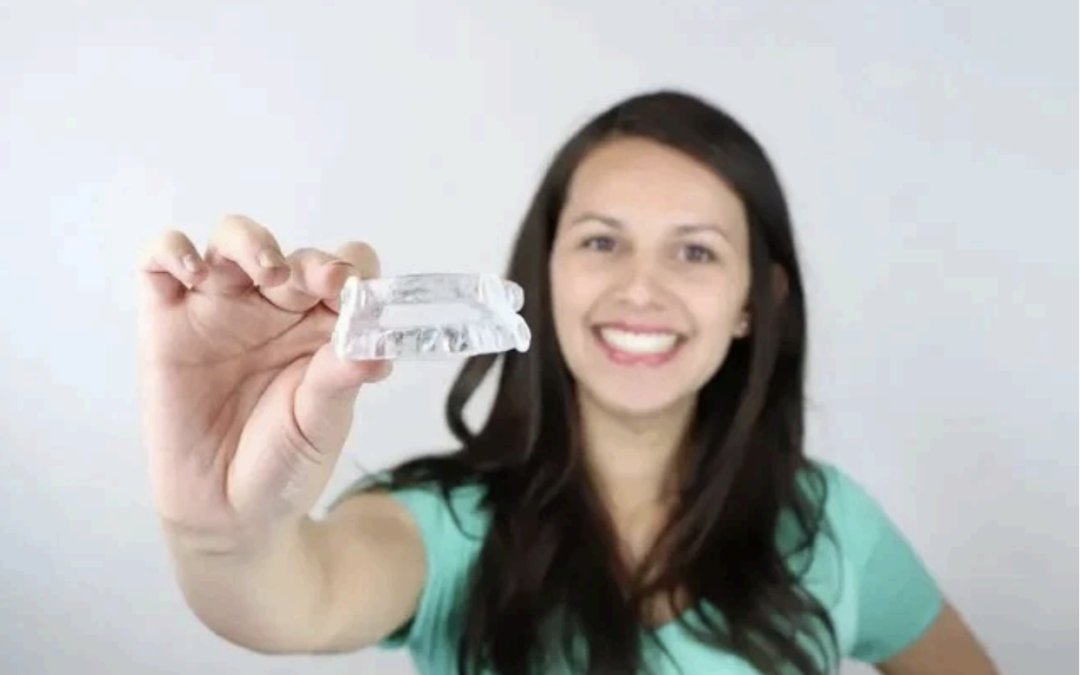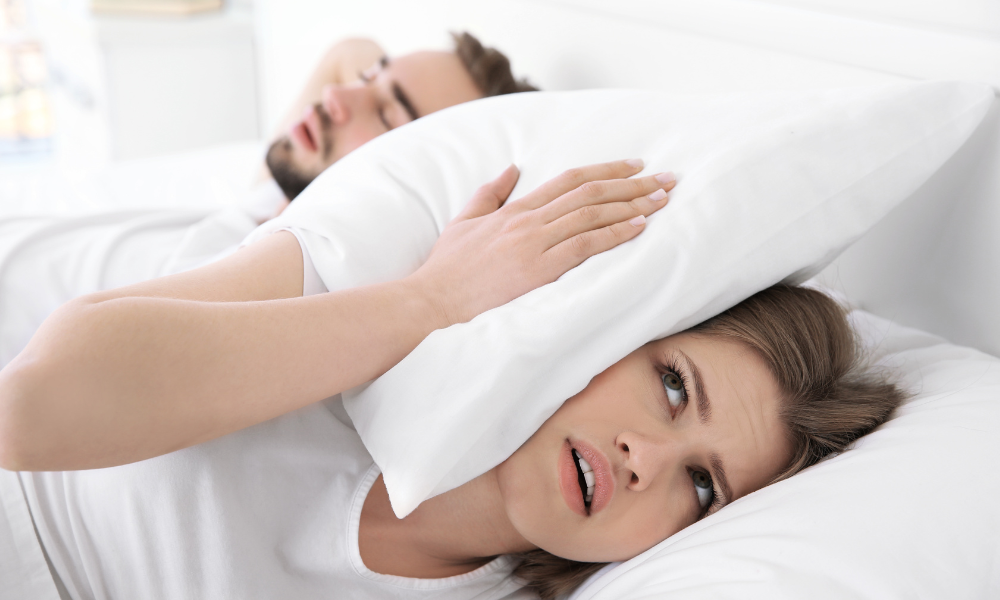Botox for TMJ: Helpful, But Not the Whole Story

Temporomandibular disorders (TMD) are much more than just jaw pain or a clicking sound when you chew—they represent a complex condition that can impact many aspects of your life, from speaking and eating to your overall well-being. TMJ disorders involve a variety of musculoskeletal issues affecting the jaw joint, surrounding muscles, and associated structures. In fact, TMJ disorders are considered the second most common cause of orofacial pain after dental problems and are the most common type of non-dental related orofacial pain.
Recent studies have shown that common painful temporomandibular disorders (TMD) are multifactorial, where no individual factor alone leads to the condition. Because of the complex etiology of TMJ disorders, effective treatment often requires a multidisciplinary approach. Today, a range of conservative treatments are being utilized, which include self-management strategies, behavioral therapy, physical therapy, pharmacotherapy, and, in some cases, surgery as a last resort. However, for those patients who do not respond well to conservative treatment options, Botox has become an emerging therapeutic alternative.
What is Botox
Botulinum toxin A, commonly known as Botox, is a neurotoxin that works by blocking the release of Acetylcholine at the neuromuscular junction. Once Acetylcholine is blocked, muscle contraction is prevented, leading to muscle relaxation. When Botox is injected into hyperactive jaw muscles- such as the masseter- it reduces the excessive contraction of your jaw muscles, helping to ease your muscle pain, tension, tightness, clenching, bruxism, and even headaches.
While Botox can be an effective therapeutic alternative in reducing muscle hyperactivity and its related symptoms, it is important to remember that TMJ disorder is never caused by a "Botox deficiency.” Botox is just one part of a broader, multidisciplinary treatment approach (e.g., oral appliances, physical therapy, stress management). Botox is a therapeutic adjunct and not a cure or a preventative solution. It does not address the underlying causes of TMJ disorders, but only provides symptomatic relief. It must always be utilized in conjunction with an individualized treatment plan to meet your specific needs and support your overall recovery.
Botox as the sole treatment for TMJ disorders should be carefully considered, especially when it comes to factors like cost, frequency of treatments, and duration of relief.
Frequency
Botox injections generally need to be repeated every 3 to 4 months to maintain their therapeutic effect. This means patients may require multiple sessions throughout the year. The need for repeated Botox treatments may potentially impact patient compliance and cause additional expenses. According to the American Academy of Neurology, the effects of Botox generally last about 3 months, highlighting the importance of follow-up injections to sustain symptom relief.
Cost
The cost per Botox session can vary widely, typically ranging from a hundred to over a thousand dollars, depending on the extent and dosage. This would definitely pose a heavy financial burden, especially for those patients diagnosed with chronic conditions like TMJ disorders.
Duration of Relief
Since Botox works only as a therapeutic agent, its duration of relief can only last an average of about 3 to 4 months. This means that Botox cannot be considered a permanent solution, but rather a recurring treatment in managing TMD symptoms.
Bruxism and Airway Instability
Bruxism refers to repeated clenching and grinding of the teeth, often occurring during sleep. While commonly viewed as a harmful habit, some individuals may unconsciously grind their teeth at night as a way to keep their airway open. When the tongue falls backward or the soft palate collapses, it can partially block the airway, causing a drop in oxygen levels. In response, the brain may trigger jaw clenching or grinding to help reopen the airway and restore proper breathing.
Because of this potential connection, some believe that bruxism might serve as a protective mechanism against airway instability during sleep. As a result, one should be careful about using Botox in order not to "paralyze" these clenching/grinding muscles before an airway assessment and treatment. If the grinding is helping you breathe better at night, weakening those muscles too soon could make things worse.
Conclusion
Botox is only effective as a temporary symptomatic relief for TMJ disorders, but it does not address the underlying structural issues or the root causes of TMJ disorders. Since TMD is associated with a lot of factors, the best clinical practice is to use Botox as an adjunct alongside other comprehensive treatments- such as oral appliances, physical therapy, muscle conditioning, stress management, and behavioral modifications- that address the root causes directly.
Remember, while TMD can be challenging, a personalized and comprehensive treatment plan can help you regain comfort and significantly improve your quality of life. It is strongly recommended to work closely with your healthcare providers to explore all available options and develop a plan that best supports your long-term relief and comfort.
REFERENCES:
1. BreatheWorks.Bruxism, teeth grinding, and alignment: The postural connection.
https://breatheworks.com/bruxism-teeth-grinding-and-alignment-the-postural-connection/#:~:text=Many%20people%20treat%20bruxism%E2%80%94or,of%20compensation%2C%20not%20just%20tension.
2. Kapos, F. P., Exposto, F. G., Oyarzo, J. F., & Durham, J. (2020). Temporomandibular disorders: a review of current concepts in aetiology, diagnosis and management. Oral surgery, 13(4), 321–334. https://doi.org/10.1111/ors.12473
3. Kim, S. R., Chang, M., Kim, A. H., & Kim, S. T. (2023). Effect of Botulinum Toxin on Masticatory Muscle Pain in Patients with Temporomandibular Disorders: A Randomized, Double-Blind, Placebo-Controlled Pilot Study.
Toxins,
15(10), 597.
https://doi.org/10.3390/toxins15100597
4. Mayo Clinic. (n.d.).
Botox injections: Risks. Mayo Clinic. Retrieved fromhttps://www.mayoclinic.org/tests-procedures/botox/about/pac-20384658
5. Okeson, J. P. (2019).
Management of temporomandibular disorders and occlusion (8th ed.). Elsevier.https://www.wiley.com/en-us/Management+of+Temporomandibular+Disorders+and+Occlusion%2C+8th+Edition-p-9780323693950











